
Richard Kirwan, LL.D, FRS, FRSE MRIA was an Irish geologist and chemist. He was one of the last supporters of the theory of phlogiston.

Theodore William Richards was an American physical chemist and the first American scientist to receive the Nobel Prize in Chemistry, earning the award "in recognition of his exact determinations of the atomic weights of a large number of the chemical elements."

Oliver Wolcott Gibbs was an American chemist. He is known for performing the first electrogravimetric analyses, namely the reductions of copper and nickel ions to their respective metals.
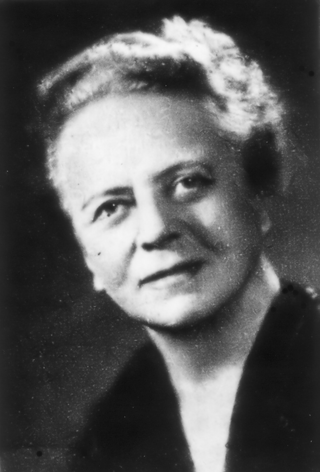
Ida Noddack, néeTacke, was a German chemist and physicist. In 1934 she was the first to mention the idea later named nuclear fission. With her husband Walter Noddack, and Otto Berg, she discovered element 75, rhenium. She was nominated three times for the Nobel Prize in Chemistry.
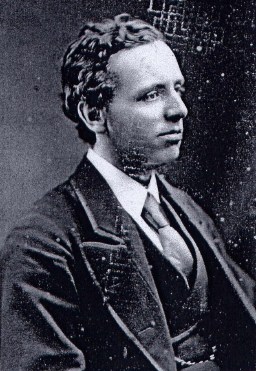
Henry Edward Armstrong FRS FRSE (Hon) was a British chemist. Although Armstrong was active in many areas of scientific research, such as the chemistry of naphthalene derivatives, he is remembered today largely for his ideas and work on the teaching of science. Armstrong's acid is named for him.

Edgar Fahs Smith was an American scientist who is best known today for his interests in the history of chemistry. He served as provost of the University of Pennsylvania from 1911 to 1920, was deeply involved in the American Chemical Society and other organizations, and was awarded the Priestley Medal in 1926.

Sophus Mads Jørgensen was a Danish chemist. He is considered one of the founders of coordination chemistry, mainly by being one of the pioneers of chain theory, and is known for the debates which he had with Alfred Werner during 1893–1899. While Jørgensen's theories on coordination chemistry were ultimately proven to be incorrect, his experimental work provided much of the basis for Werner's theories. Jørgensen also made major contributions to the chemistry of platinum and rhodium compounds.
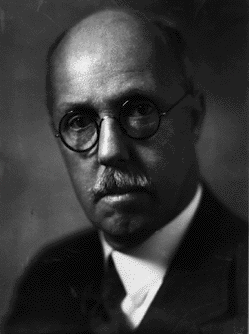
Charles Albert Browne Jr. was a sugar chemist and former head of the Bureau of Chemistry, which later became the Food and Drug Administration. He is also considered a leader in the study of the history of chemistry in North America.
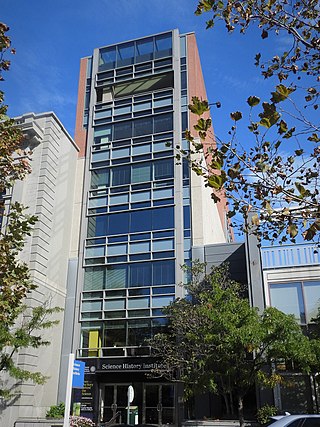
The Science History Institute is an institution that preserves and promotes understanding of the history of science. Located in Philadelphia, Pennsylvania, it includes a library, museum, archive, research center and conference center.

John Maxson Stillman (1852-1923) was a pioneer of the history of science in the United States. He was also the first head of the chemistry department at Stanford University, as well as its first Chemistry Professor. His most enduring work was the posthumously published book The Story of Early Chemistry, decades later republished as The Story of Alchemy and Early Chemistry.
Mary Elvira Weeks was an American chemist and historian of science. Weeks was the first woman to receive a Ph.D. in chemistry at the University of Kansas and the first woman to be a faculty member there.
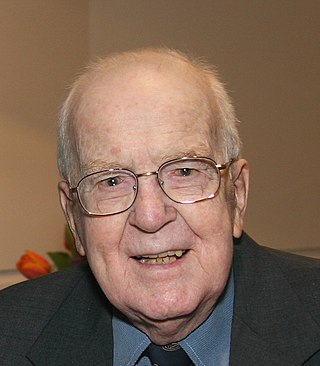
Foil Allan Miller was an American chemist and philatelist best known for his work in infrared and Raman spectroscopy. He was head of the spectroscopy division of the Mellon Institute and later professor and head of the spectroscopy laboratory at the University of Pittsburgh. Among other publications, he co-authored the books Course Notes on the Interpretation of Infrared and Raman Spectra (2004) and A Philatelic Ramble Through Chemistry (1998).

Arnold Thackray is an emeritus professor at the University of Pennsylvania. Initially an English chemist, he became an entrepreneurial American. Thackray founded or extended a series of institutions, initially in Philadelphia, then on a wider scale within the History of Science Society (HSS) and through Science History Consultants, and the Life Sciences Foundation.
Fanny Rysan Mulford Hitchcock was one of only 13 American women to receive their doctorates in chemistry during the 19th-century, and was the first woman to receive a doctorate in Philosophy of Chemistry from the University of Pennsylvania.

Mary Locke Petermann was an American cellular biochemist known for her key role in the discovery and characterization of animal ribosomes, the molecular complexes that carry out protein synthesis. She was the first woman to become a full professor at Cornell University's medical school.
Nina Matheny Roscher (1938—2001) was an American chemist and advocate for women and minorities in science. She also researched the history of women in chemistry, publishing the book Women Chemists (1995). She served as professor and chair of the chemistry department at American University in Washington, D.C. She received the ACS Award for Encouraging Women into Careers in the Chemical Sciences (1996) and the Presidential Award for Excellence in Science, Mathematics and Engineering Mentoring (1998).
Eduard Farber, also Eduard Färber or Eduard Faerber, was an Austrian-American industrial chemist and historian of chemistry.

Ralph Edward Oesper was an American chemist and historian of chemistry. He is noted for his biographies of scientists, emphasizing their personal lives in addition to their scientific contributions. Oesper translated significant works in the field of chemistry to various languages especially English. As an independent investigator, he developed improved analytical methods. These contributions included new reagents for certain types of titrations. One such new reagent, Oesper's Salt, is named for him.
William Barry Jensen is an American chemist and chemical historian.

Edgar Fahs Smith is a monumental statue located on the campus of the University of Pennsylvania in Philadelphia, Pennsylvania, United States. The statue was designed by sculptor R. Tait McKenzie and honors its namesake, a former provost of the university.















